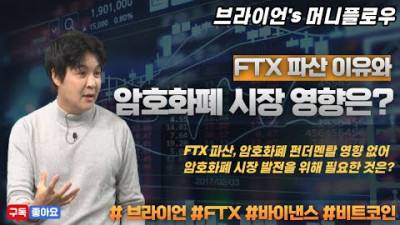World DeFi investment hit a record $200 bln. in June 2024, doubling in a year. Private investor's perspective on emerging market trends and investment opportunities.
작성자 정보
- 레딧 작성
- 작성일
컨텐츠 정보
- 5 조회
- 0 추천
- 목록
본문
Hello everyone. This article presents data from the latest cryptocurrency market reports. I'm considering investing my crypto in DeFi after analyzing it and have written this article to share my findings and discuss with you the interest of investing in DeFi assets despite the risks and complexities.
As you know, Centralized platforms (CeFi), such as Binance and Coinbase, control your funds, while Decentralized platforms (DeFi) offer financial services without intermediates, where smart contracts manage your funds.
Statistics on DeFi locked investments (TVL) are available, but not for CeFi. However, we have data on the monthly volume of derivative contracts and margin perpetual trading on major exchanges (CEX), which also feature an extended lock-in period, enabling a comparison.
The volume of locked investments in DeFi in May reached a record high of $192 billion (according to a DapRadar report), twice the amount of the previous year.
But look at how significant the difference in the volume of investments in centralized instruments (CeFi) is:
- In June (according to Binance), the trading volume of derivative contracts on CEXs amounted to $2.13 trillion. It includes the volume of derivative contracts (with a deferred execution period), not counting margin trading with leverage (perpetual contracts) in a deferred period.
- Binance, OKX, and Bybit comprise nearly 90% of the $2 to $3 trillion perpetual volume that regularly trades monthly (according to a report by GSR).
Despite the significant investments in CeFi and CEX, why has the interest of crypto investors in DeFi instruments doubled compared to last year?
Here are some advantages of DeFi:
- Lower fees than traditional financial institutions. For instance, investment funds, banks, and clearinghouses charge additional fees such as 1-2% of AUM per year, account maintenance, transactions, overdrafts, and small per-transaction fees.
- Higher yields on deposits and loans, with DeFi platforms offering an average annual yield of 5-10% on stablecoins, compared to the US average deposit rate of 0.58%
- Transparency and auditability, enabling users to see their fund management.
I believe that crypto investors, recognizing DeFi's advantages, are increasingly using it to avoid CeFi fraud, which cost the industry over $10 billion in 2021-2022, as confirmed by CeFi exchanges' collapses like FTX, Celsius, Voyager Digital, and BlockFi.
There are also some downsides of DeFi, that seem obvious:
- Despite decentralization benefits, DeFi's smart contracts can be vulnerable to attacks and errors and are complex to audit.
- The complexity of DeFi instruments and the need to spend a long time figuring them out can deter investors.
- Many DeFi protocols have unfriendly interfaces and difficult-to-understand documentation, posing a challenge to adoption. As Cointelegraph noted in 2023, "The steep learning curve is a challenge for DeFi adoption."
Let discuss together:
- What do you use crypto for?
- Have you ever invested in DeFi?
- If you hold crypto but haven't tried DeFi, what's holding you back? Do you feel like you might be missing out?
- What if you have an additional 10k USDT? Would you risk investing it in DeFi?
[link][comments]
관련자료
-
링크


















